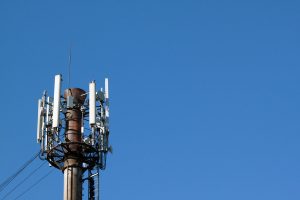Recent well-publicized incidents have led to questions about when a law enforcement officer may use deadly force to seize a fleeing suspect. The short answer is that the Constitution permits an officer to use deadly force when he or she has probable cause to believe that a suspect poses a threat of serious physical harm to the officer or to others. Because officers must make “split-second judgments—in circumstances that are tense, uncertain, and rapidly evolving,” courts evaluate the reasonableness of an officer’s determination from the perspective of a reasonable officer on the scene and without the benefit of hindsight. Graham v. Connor, 490 U.S. 386, 397 (1989). The Constitution “does not require police to gamble with their lives in the face of a serious threat of harm.” Elliott v. Leavitt, 99 F.3d 640, 641 (4th Cir. 1996).
Factors critical to evaluating the reasonableness of an officer’s use of force to effectuate a seizure include: (1) the severity of the crime at issue; (2) whether the suspect poses an immediate threat to the safety of the officers or others; and (3) whether the suspect is actively resisting arrest or attempting to evade arrest by fleeing. Graham, 490 U.S. at 396. An officer’s subjective intent or motivation is not relevant to the inquiry, nor is the reasonableness of the officer’s actions in creating the dangerous situation. Waterman v. Batton, 393 F.3d 471, 477 (4th Cir. 2005)
The short answer seldom provides a definitive assessment of whether an officer’s use of deadly force in a particular circumstance violated a suspect’s constitutional rights. Even so, there are a few bright-line principles that can be applied to any such inquiry.


